

Maersk has placed orders for 32 LNG-powered container ships at three shipyards in China and South Korea
Danish shipping giant AP Moller-Maersk is moving quickly to sign new shipbuilding orders for up to 32 LNG dual-fuel container ships at three shipyards, with a total value of more than $6.6 billion.
To catch up with competitors, the company also plans to sign charter agreements for 20 LNG dual-fuel container ships through at least three shippers, meaning Maersk could add as many as 62 LNG dual-fuel vessels in a short period of time.
At the same time, Maersk has also signed a letter of intent with China New Era Shipbuilding to order six LNG dual-fuel 16,000TEU container ships of the same specification, which are expected to be delivered in 2028, with options for six more. In addition, Maersk has also signed a similar letter of intent in Yangzijiang Shipbuilding, which plans to receive six similar vessels in 2027, with an option for four vessels.
On August 7, Maersk said in a statement that in continuation of the fleet renewal program launched in 2021, the company is currently signing new build orders and time charter contracts for dual-fuel vessels in order to renew approximately 160,000 TEU per year as planned.
To enable the fleet to remain competitive in the long term and meet its carbon reduction targets, Maersk has selected methanol and liquefied gas dual-fuel vessels. Green methanol could become the most competitive and mass-produced carbon reduction fuel in the short term, but Maersk also sees the future of the industry as multi-fuel, including liquefied biomethane. When these ships are delivered, about 25 percent of Maersk's fleet will be equipped with dual-fuel engines.
Maersk said it has started to lock in the purchase and sale agreement for liquefied biomethane (biLNG) to ensure that the new dual-fuel gas vessels will contribute to reducing greenhouse gas emissions by 2030.
In terms of the chartering market, Maersk is widely believed to have locked in five 16,800TEU LNG dual-fuel vessels being built by John Fredriksen-controlled SFL Corp at New Era Shipbuilding and has signed 10-year leases with Maersk for a total contract value of $1.2 billion.
However, Seaspan Corp, a ship owner from Canada, is likely to become Maersk's largest leasing partner. Seaspan is building at least 19 LNG dual-fuel container ships, ranging in size from 9,000 TEU to 17,000 TEU, at two shipyards in China, with delivery expected to take place between 2027 and 2028, sources said.
Maersk's massive ship purchase is seen as an important move to try to catch up with rivals. Several shipping companies, including France's CMA CGM and MSC, have already ordered a large number of LNG dual-fuel vessels in the previous wave of container ship orders, while Maersk has chosen methanol as its preferred fuel and ordered 25 related vessels.
This series of moves by Maersk not only marks a major shift in its fuel choice, but also indicates that the global container shipping market may usher in a new competitive landscape. With the gradual popularization of LNG dual-fuel ships, how Maersk balances the application of new and old fuel technologies, and how to find the best balance between environmental protection and economic benefits will become the focus of attention in the industry. In the next few years, with the gradual delivery of these new ships, the map of the global container shipping market is likely to undergo profound changes, and Maersk's strategic adjustment will undoubtedly occupy an important place in this change.
To catch up with competitors, the company also plans to sign charter agreements for 20 LNG dual-fuel container ships through at least three shippers, meaning Maersk could add as many as 62 LNG dual-fuel vessels in a short period of time.
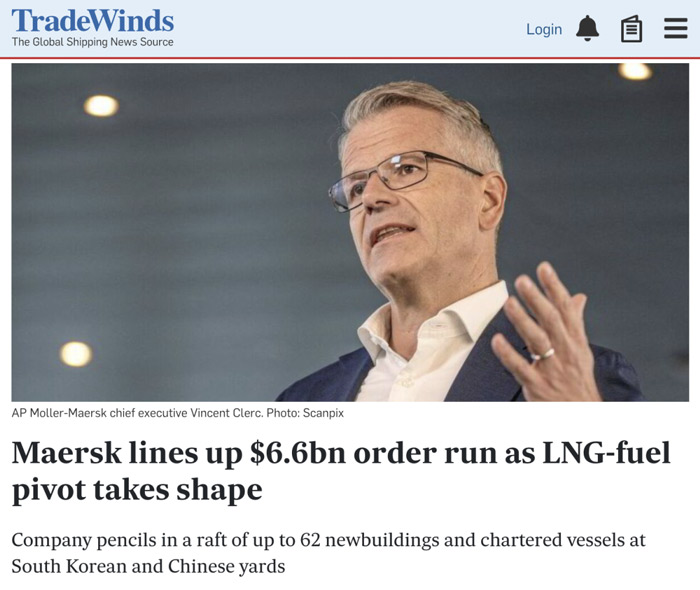
At the same time, Maersk has also signed a letter of intent with China New Era Shipbuilding to order six LNG dual-fuel 16,000TEU container ships of the same specification, which are expected to be delivered in 2028, with options for six more. In addition, Maersk has also signed a similar letter of intent in Yangzijiang Shipbuilding, which plans to receive six similar vessels in 2027, with an option for four vessels.
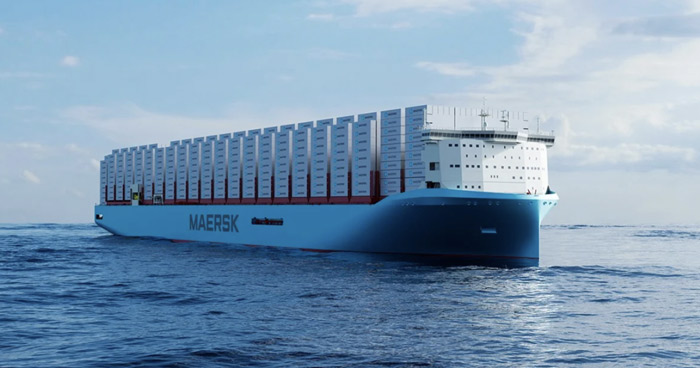
On August 7, Maersk said in a statement that in continuation of the fleet renewal program launched in 2021, the company is currently signing new build orders and time charter contracts for dual-fuel vessels in order to renew approximately 160,000 TEU per year as planned.
To enable the fleet to remain competitive in the long term and meet its carbon reduction targets, Maersk has selected methanol and liquefied gas dual-fuel vessels. Green methanol could become the most competitive and mass-produced carbon reduction fuel in the short term, but Maersk also sees the future of the industry as multi-fuel, including liquefied biomethane. When these ships are delivered, about 25 percent of Maersk's fleet will be equipped with dual-fuel engines.
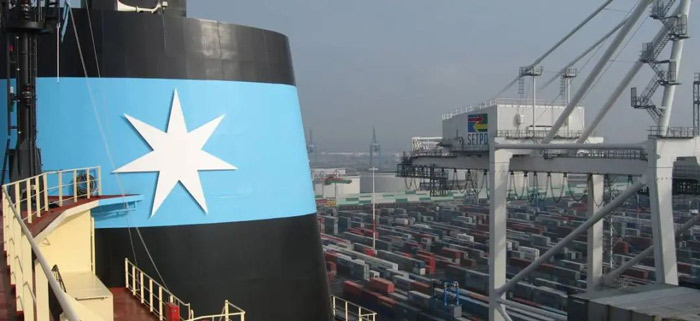
Maersk said it has started to lock in the purchase and sale agreement for liquefied biomethane (biLNG) to ensure that the new dual-fuel gas vessels will contribute to reducing greenhouse gas emissions by 2030.
In terms of the chartering market, Maersk is widely believed to have locked in five 16,800TEU LNG dual-fuel vessels being built by John Fredriksen-controlled SFL Corp at New Era Shipbuilding and has signed 10-year leases with Maersk for a total contract value of $1.2 billion.
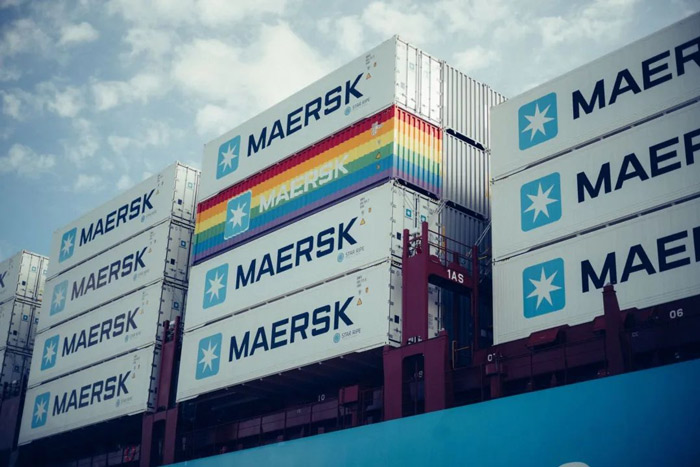
However, Seaspan Corp, a ship owner from Canada, is likely to become Maersk's largest leasing partner. Seaspan is building at least 19 LNG dual-fuel container ships, ranging in size from 9,000 TEU to 17,000 TEU, at two shipyards in China, with delivery expected to take place between 2027 and 2028, sources said.
Maersk's massive ship purchase is seen as an important move to try to catch up with rivals. Several shipping companies, including France's CMA CGM and MSC, have already ordered a large number of LNG dual-fuel vessels in the previous wave of container ship orders, while Maersk has chosen methanol as its preferred fuel and ordered 25 related vessels.
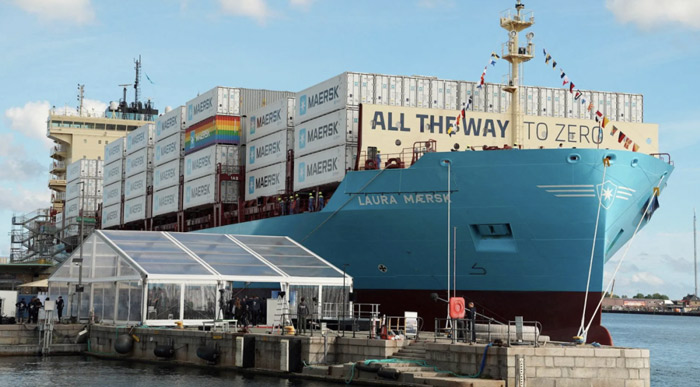
This series of moves by Maersk not only marks a major shift in its fuel choice, but also indicates that the global container shipping market may usher in a new competitive landscape. With the gradual popularization of LNG dual-fuel ships, how Maersk balances the application of new and old fuel technologies, and how to find the best balance between environmental protection and economic benefits will become the focus of attention in the industry. In the next few years, with the gradual delivery of these new ships, the map of the global container shipping market is likely to undergo profound changes, and Maersk's strategic adjustment will undoubtedly occupy an important place in this change.





